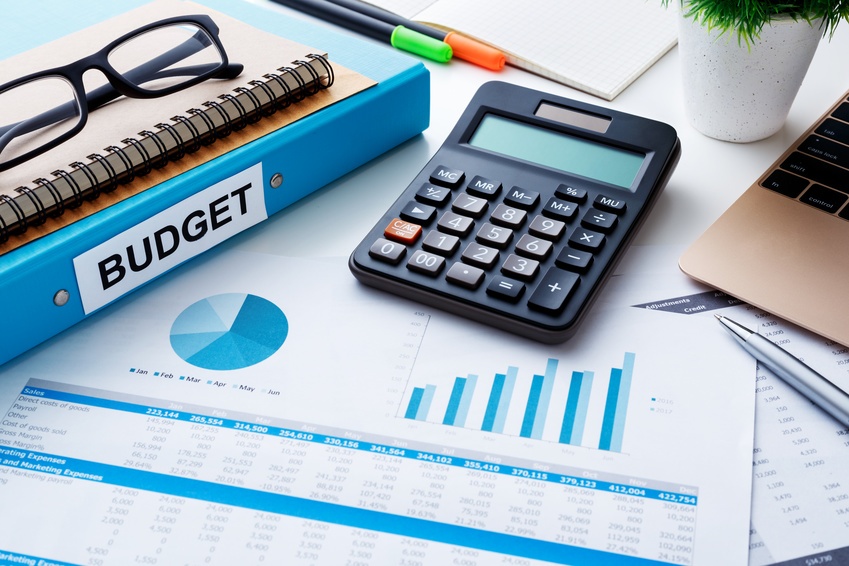The COVID-19 pandemic surprised nearly all businesses (and people) this year. However, some businesses were better prepared to handle it than others, and it’s not just financial savings that make a difference. Some businesses already had a business continuity plan (BCP) in place — and if you don’t have one yet, it’s time to create one.
What Is a Business Continuity Plan?
A business continuity plan is the written procedure of what your business will do in the event of an emergency, national disaster or, yes, even a global pandemic. While “what to do during a coronavirus outbreak” probably wasn’t specifically included in anyone’s plans, companies with a BCP likely had general procedures in place.
As a retailer, you need to have a BCP because it helps your store be more resilient in the face of unknown and unexpected hardships. A BCP can help your store lessen the damage, retain productivity and recover more quickly after a disaster. It can help you face emergencies with a more level head because you know that you already have a plan to address the situation.
The COVID-19 situation is certainly unprecedented, but it has given us the chance to pause and evaluate our procedures and plans for this very purpose. If your physical location is currently closed right now, you might have the time to think about, create and implement these plans. This way, the next time an emergency occurs, your store will be better prepared.
When Should You Deploy a Business Continuity Plan?
As previously mentioned, there are several situations that require a business continuity plan, including an emergency, national disaster, and global pandemic. More specifically, there are six types of threats to business continuity that retailers should prepare for:
- Global Pandemic: A pandemic is a global outbreak of disease, such as COVID-19 or the 2009 H1N1 Pandemic.
- Man-Made Disasters: This type of emergency includes oil spills, structure fires, hazardous material spills, and gas leaks.
- Natural Disasters: This type of emergency includes natural phenomena such as tornadoes, earthquakes, hurricanes, wildfires, and floods.
- Utility Failures: This type of emergency includes power outages, electrical failures, and disruption of water service.
Cybersecurity Attacks: This type of emergency refers to an attack on the company’s technical assets, often in the form of information leaks or ransomware. - Intentional Sabotage: Sabotage refers to actions that someone commits to intentionally put a business at risk, including bomb threats and arson.
How Do You Create a Business Continuity Plan?
So now that you know what a business continuity plan is and why it’s important for your business to have one, let’s take a look at how to create one.
1. Complete a Business Impact Analysis
Start by identifying your business’s core operations and determining which areas or departments are most essential for business continuity. Also, note which areas that are less important for business continuity, as this will help you prioritize prevention, response, and recovery strategies. Finally, take note of all the resources your most essential departments need to fulfill your core operations.
2. Create a Plan to Continue Operations
A months-long pandemic will affect your core business functions in different ways than a days-long winter storm. Thus, once you complete a business impact analysis, it pays to work through the various types of crises.
This is where you might need to get creative. Imagine, if there was an emergency tomorrow, what would you and the business need to do in order to continue operating? For example, can some employees work remotely? Could you make a pivot to offer certain products or services online? Spend some time thinking about how you can keep those critical functions you identified in the impact analysis running.
Likewise, are there any preventative measures you can take now to protect your business from an interruption of service? For example, if your business continuity plan involves letting employees work remotely, make sure you already have cloud-based tools and a reliable VPN in place.
3. Test the Plan and Train Your Employees
Once you’ve created a business continuity plan, you need to try to break it. Try to poke holes in it and find the problems with it. Just remember, when you find issues in your plan now, you have the chance to make changes and increase your preparedness. You don’t want to find a major hole in your plan while you’re in the middle of a cyberattack or natural disaster.
It’s also a good idea to train your employees, and the degree of training will vary. For some people, it might be a good idea to share the whole business continuity plan and let them in on the reasoning and procedures. For others, it may be sufficient to instruct them not to speak to news media or share unverified accounts on social media.
A business continuity plan is an important tool for any business, especially for retailers. You don’t want to be forced to figure out how to respond to a crisis while you’re in the middle of it. Instead, spend some time to get ahead and create a plan that allows your business to survive and thrive during the next disaster it faces.
For more tips on how to prepare for changes in the retail sector, download our Retail IT Executive Whitepaper or contact Kinettix for retail IT deployment support.






